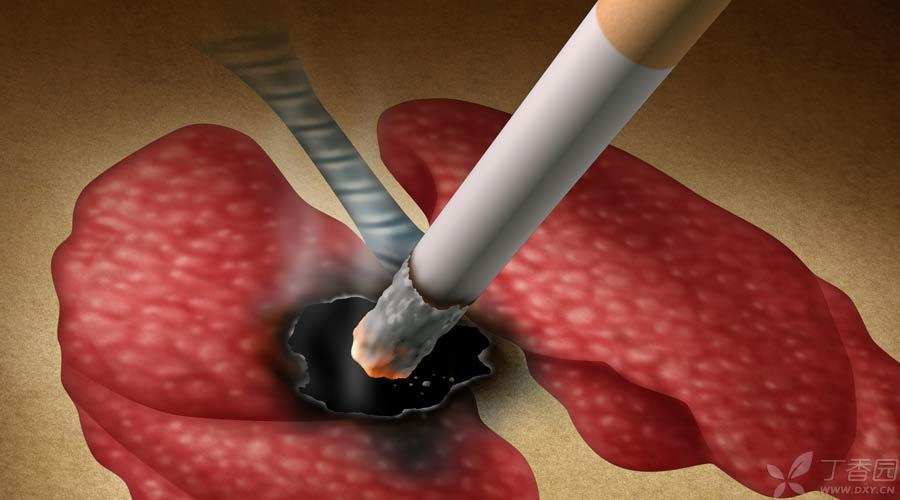
As early as 2006, cancer has become the first cause of death for urban and rural residents in China. Today, when people turn pale at the mention of cancer, there are various opinions about cancer. Generally speaking, there are fewer right ones and more wrong ones.
Where are the hidden misunderstandings and how can they be avoided?
What are the misunderstandings of cancer prevention?
If you want to know how to avoid going into the misunderstanding, you must first know where the misunderstanding is.
There are four typical misunderstandings:
Myth 1: Only when you are old can you begin to consider [cancer prevention]
Wrong! Young people can also get cancer. For example, neuroblastoma mainly occurs in children. Moreover, at present, some middle-aged and elderly people have cancer, which has shown a trend of younger age. Therefore, cancer prevention should start from a young age.
Myth 2: As long as you use anti-cancer products, you will not get cancer.
Wrong! In order to cater to people’s desire not to have cancer, some media or businesses have hyped up various anti-cancer methods or anti-cancer products. People do not understand the mystery, so they flock to it. Little imagine, this may only give money to businesses in vain.
Cancer is a multi-factor disease. When risk factors strike from all sides, it is impossible to completely block cancer by only one or two means to defend one side. Moreover, many of the [defense] promoted by businesses have not been recognized by professionals.
Myth 3: The increase in cancer is only due to the extension of people’s life expectancy.
This statement is not entirely correct.
As the average life span of the population increases, the probability of genetic mutation will indeed increase, but at the same time, cancer diagnosis and screening techniques will continue to improve. To make an analogy, people used to diagnose tumors like looking at them with a telescope, but later they used to look at them with the naked eye. Now they use a microscope to look at them more and more carefully, and they can find many cancers that could not have been found originally.
To give a typical example:
